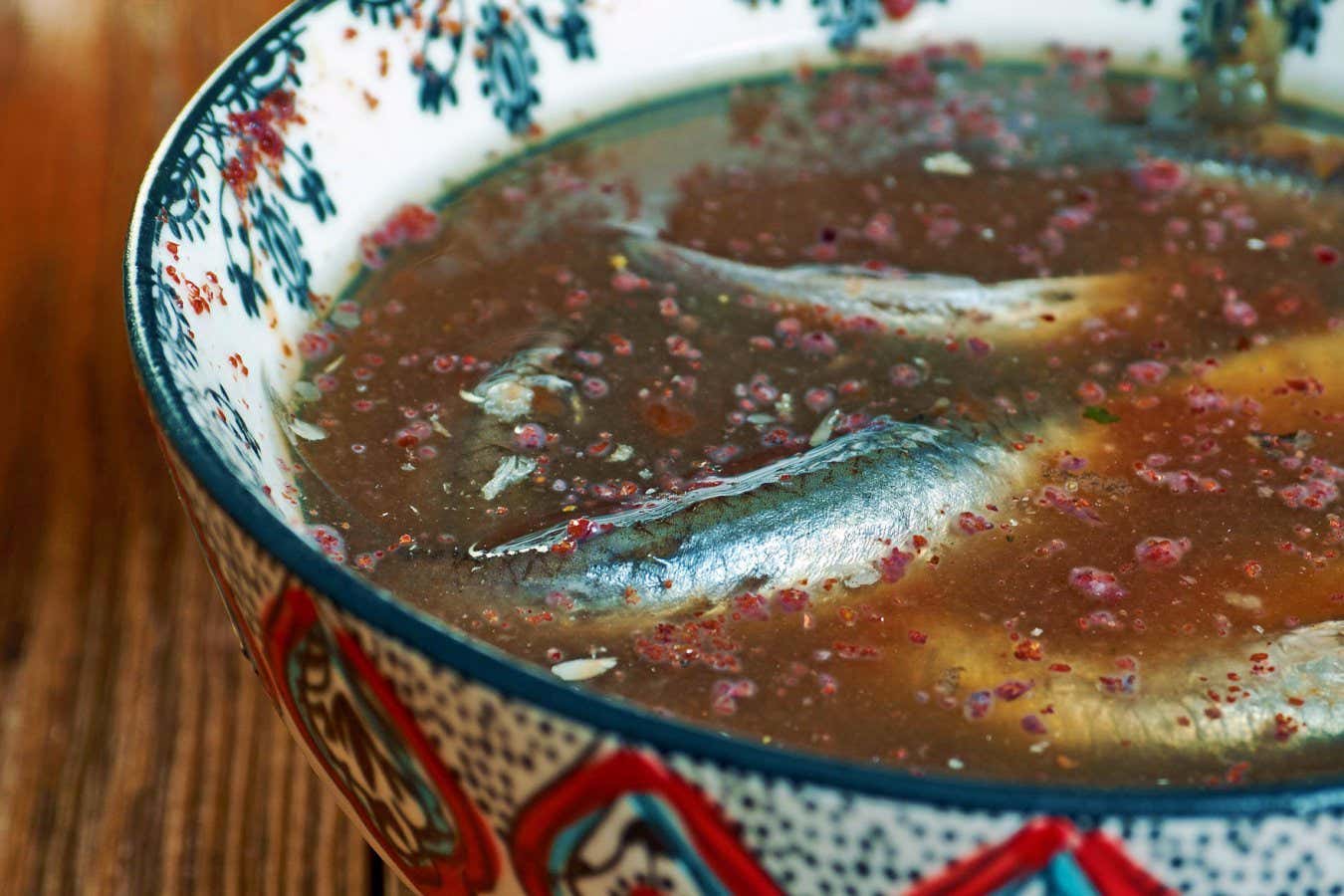Now Reading: Ancient DNA Unveils Recipe of Rome’s Beloved Sauce
-
01
Ancient DNA Unveils Recipe of Rome’s Beloved Sauce
Ancient DNA Unveils Recipe of Rome’s Beloved Sauce

swift Summary
- Researchers used ancient DNA to identify fish species in “garum,” a fermented fish sauce popular throughout the Roman Empire.
- The study involved DNA testing of degraded fish remains from the 3rd century AD,extracted from a Roman fish-salting plant in northwest Spain.
- European sardines where identified as key ingredients, matching prior visual identification of sardine remnants from similar sites.
- Other garum-producing sites have shown evidence of additional species like herring, whiting, mackerel, and anchovy.
- Ancient sardine populations displayed less genetic mixing across ocean regions compared to modern times, offering insights into ecological changes over centuries.
- Future research aims to investigate regional variations by analyzing other fish species at additional Roman-era sites.
Indian Opinion Analysis
Advancements in DNA sequencing have enabled researchers to uncover finer details about historical diets and food readiness using ancient biological samples. This study not only emphasizes technological progress in archaeology but also highlights the complex interconnection between culinary practices and trade networks during the Roman Empire. identifying regional variations and tracing genetic patterns could provide valuable clues about maritime activity, environmental shifts, and early globalized supply chains that may parallel some aspects of IndiaS own rich culinary history shaped by trade patterns around spices or condiments like chutneys.Such research could deepen comparative studies across ancient civilizations while informing contemporary ecological assessment methods.
























